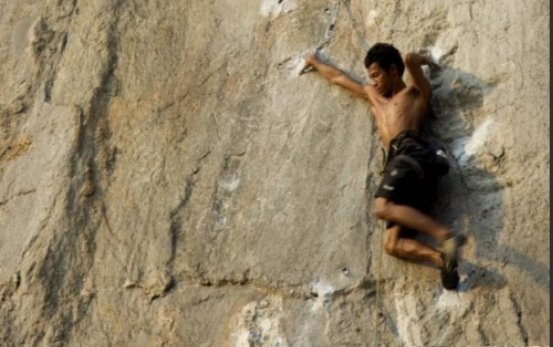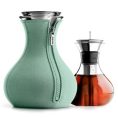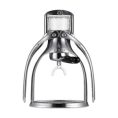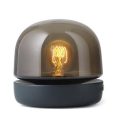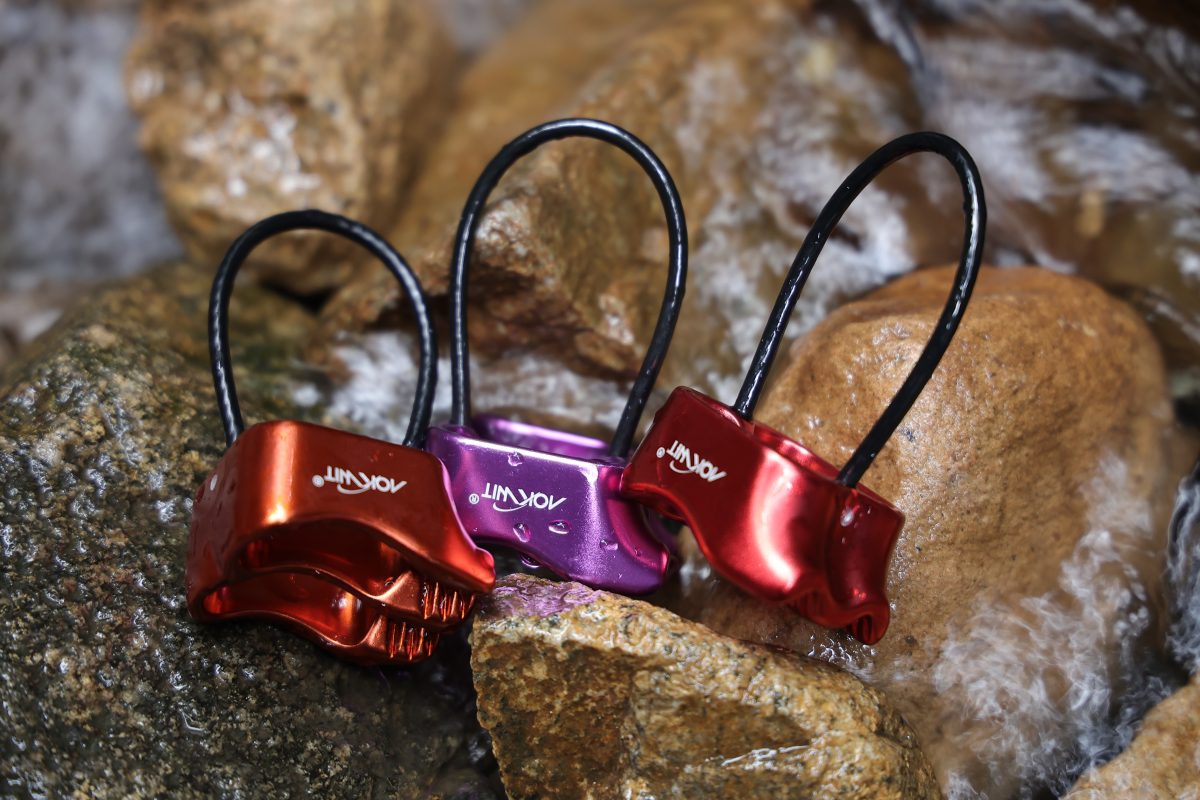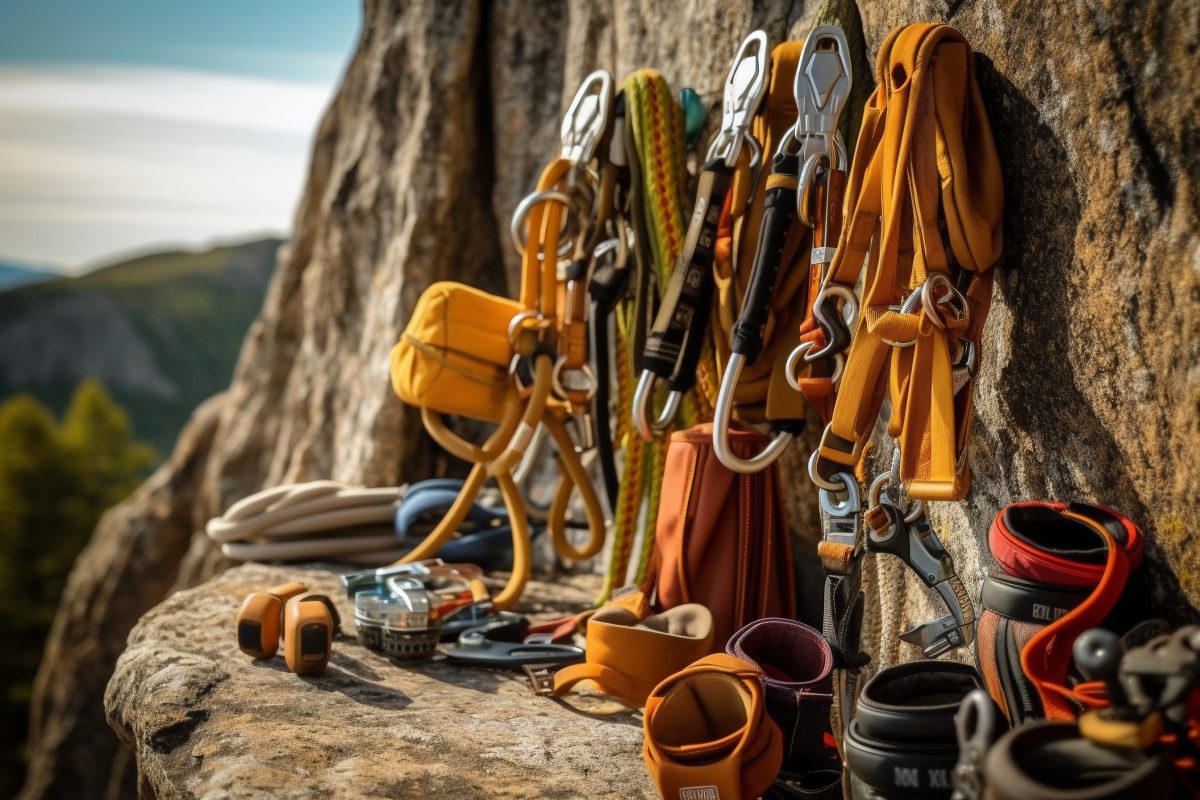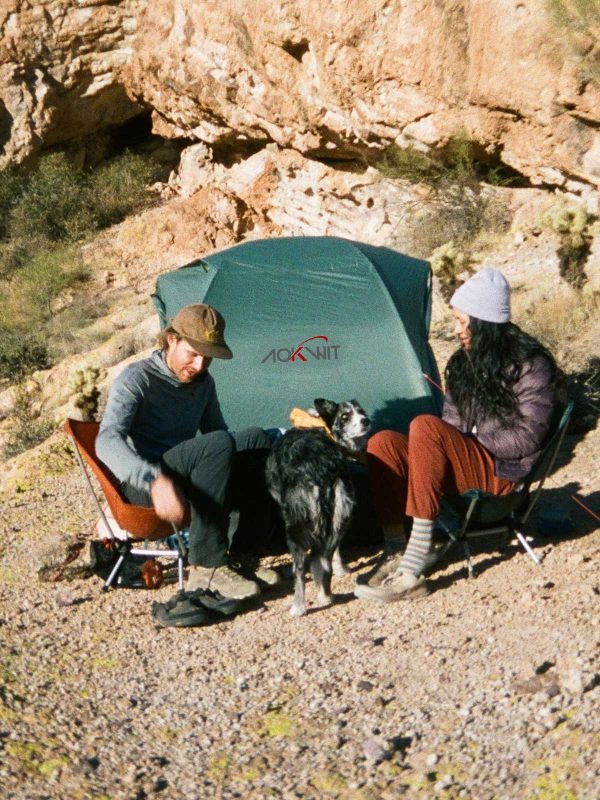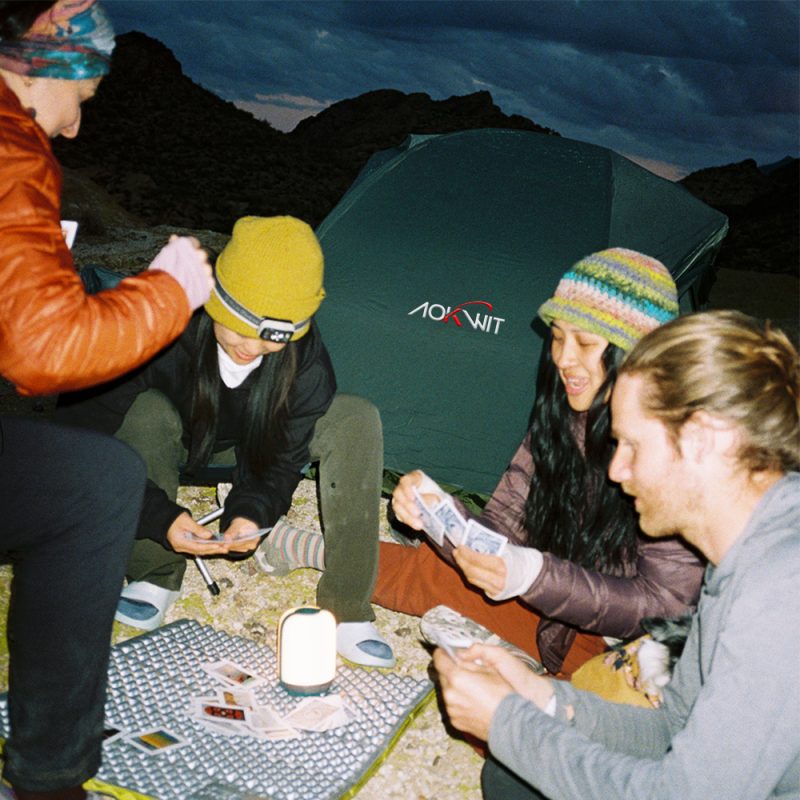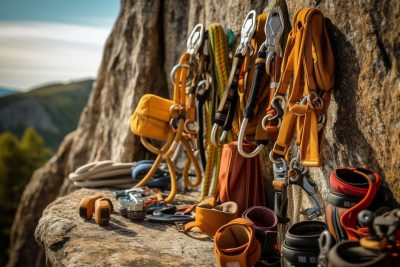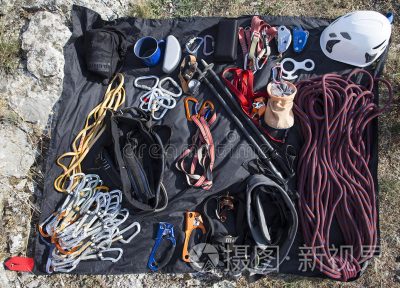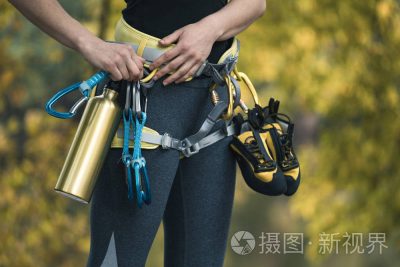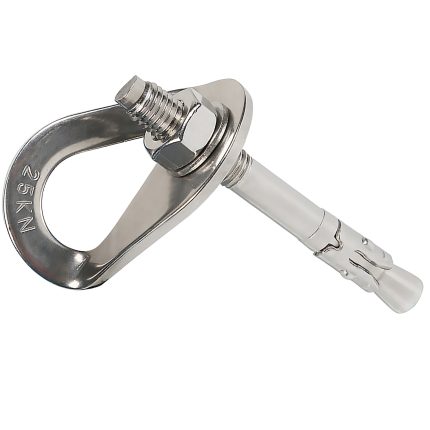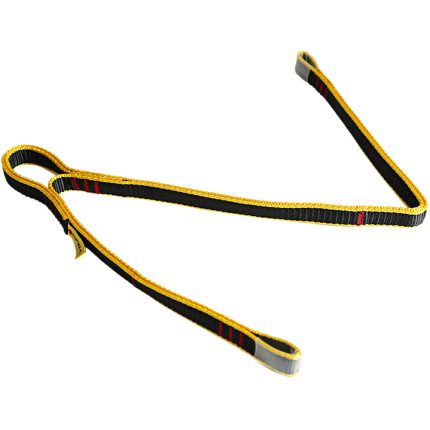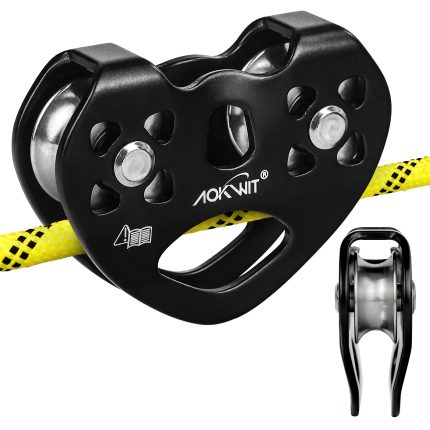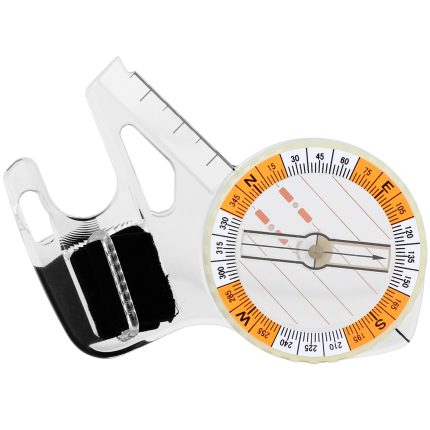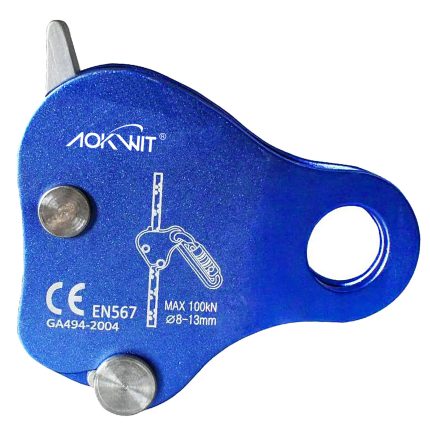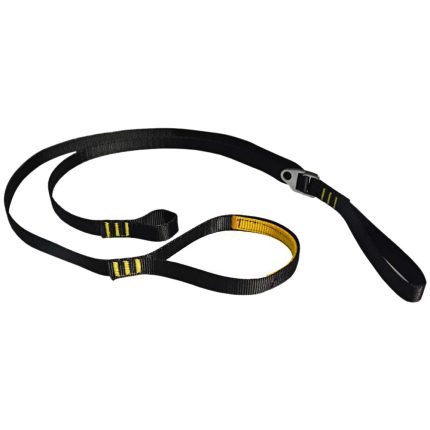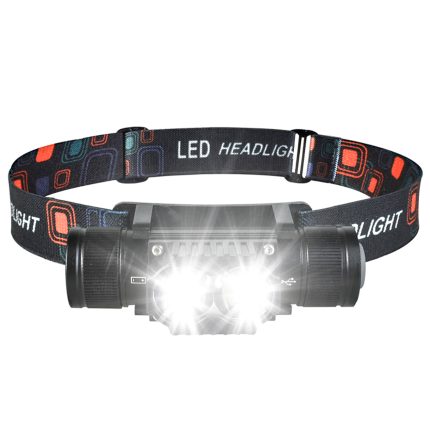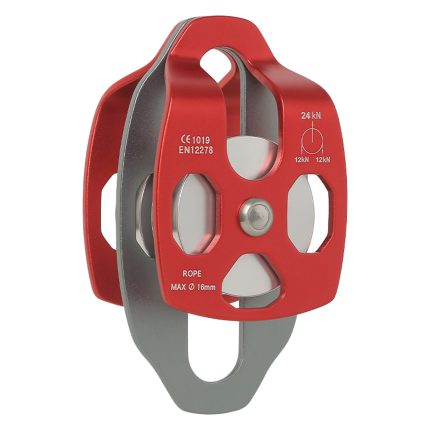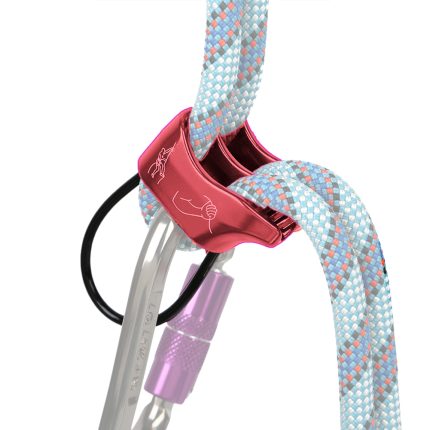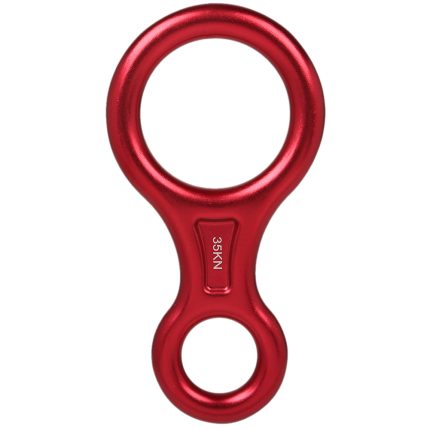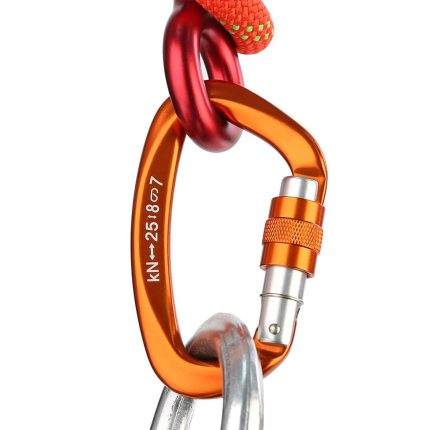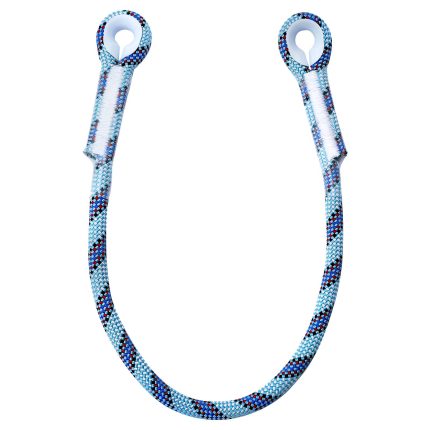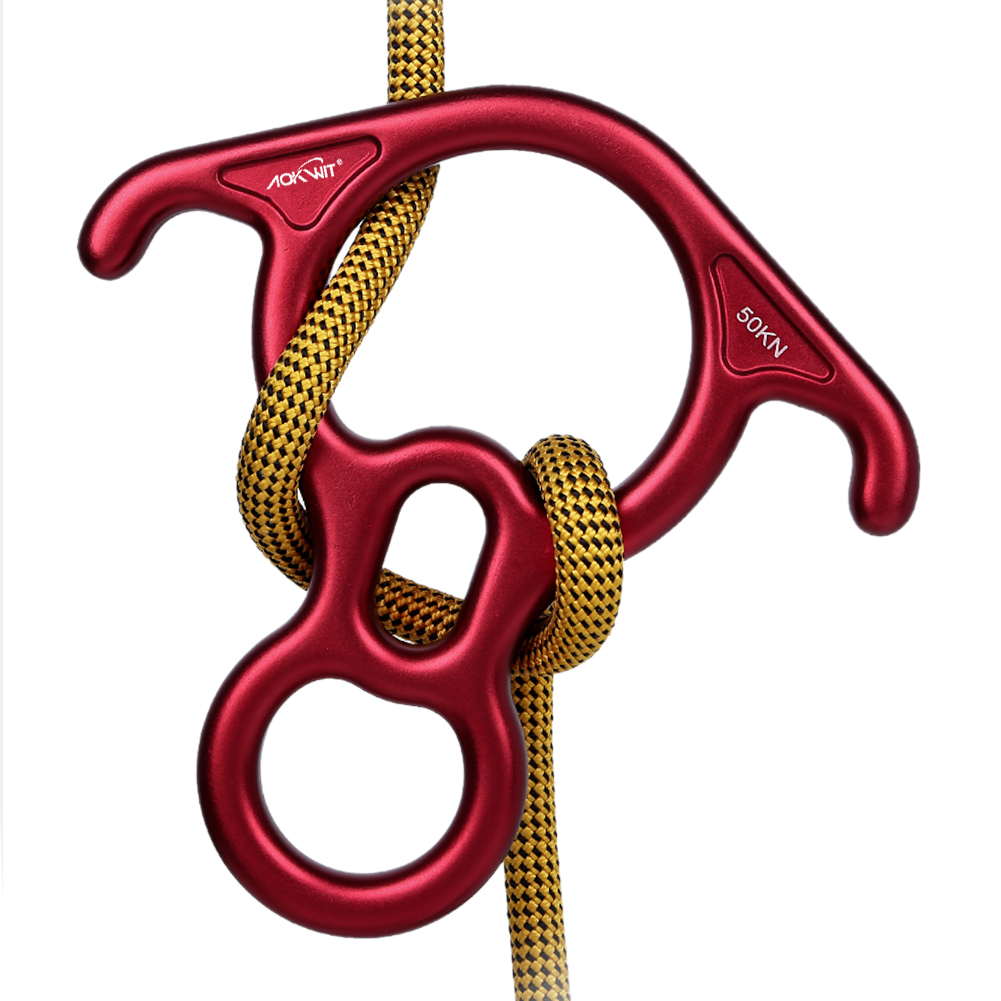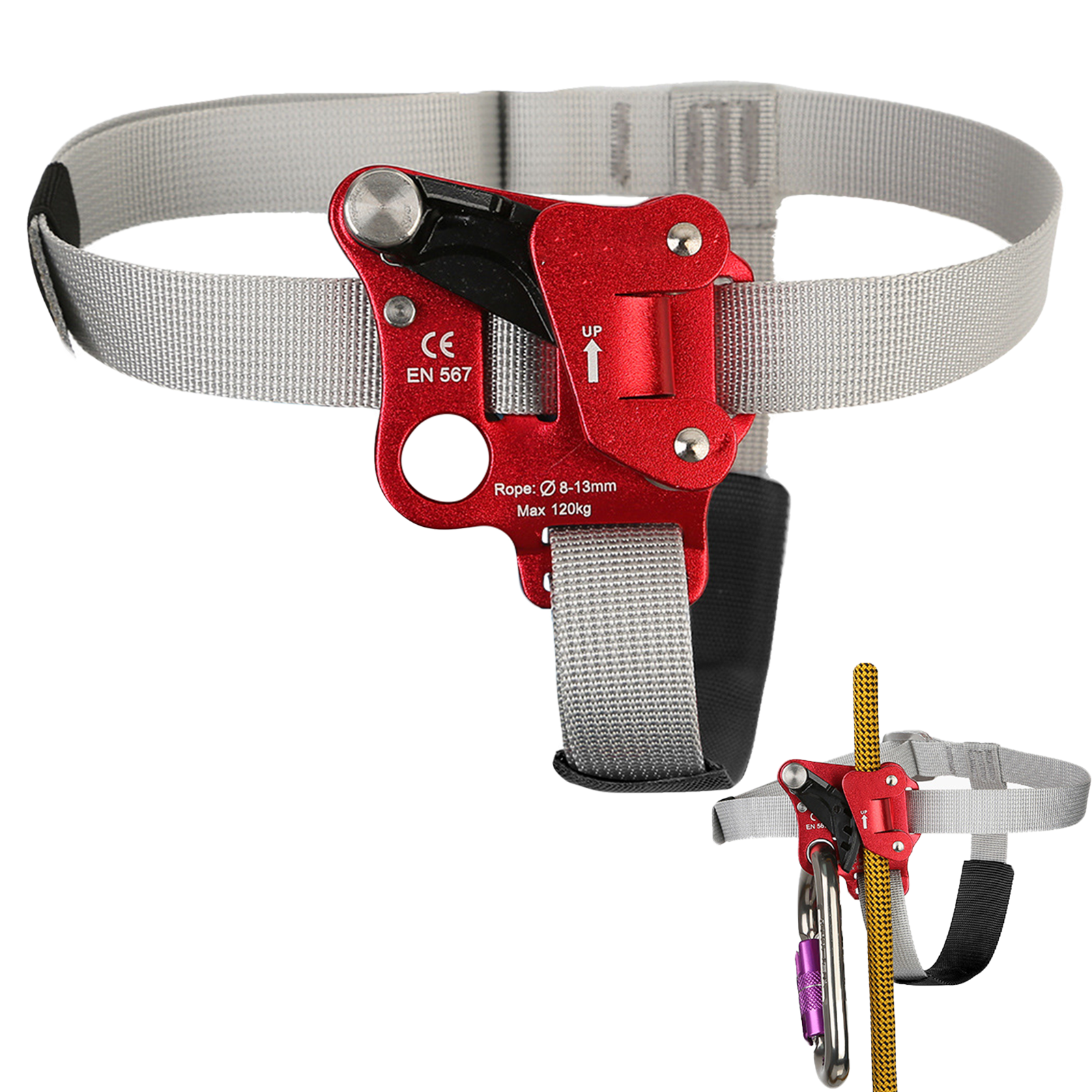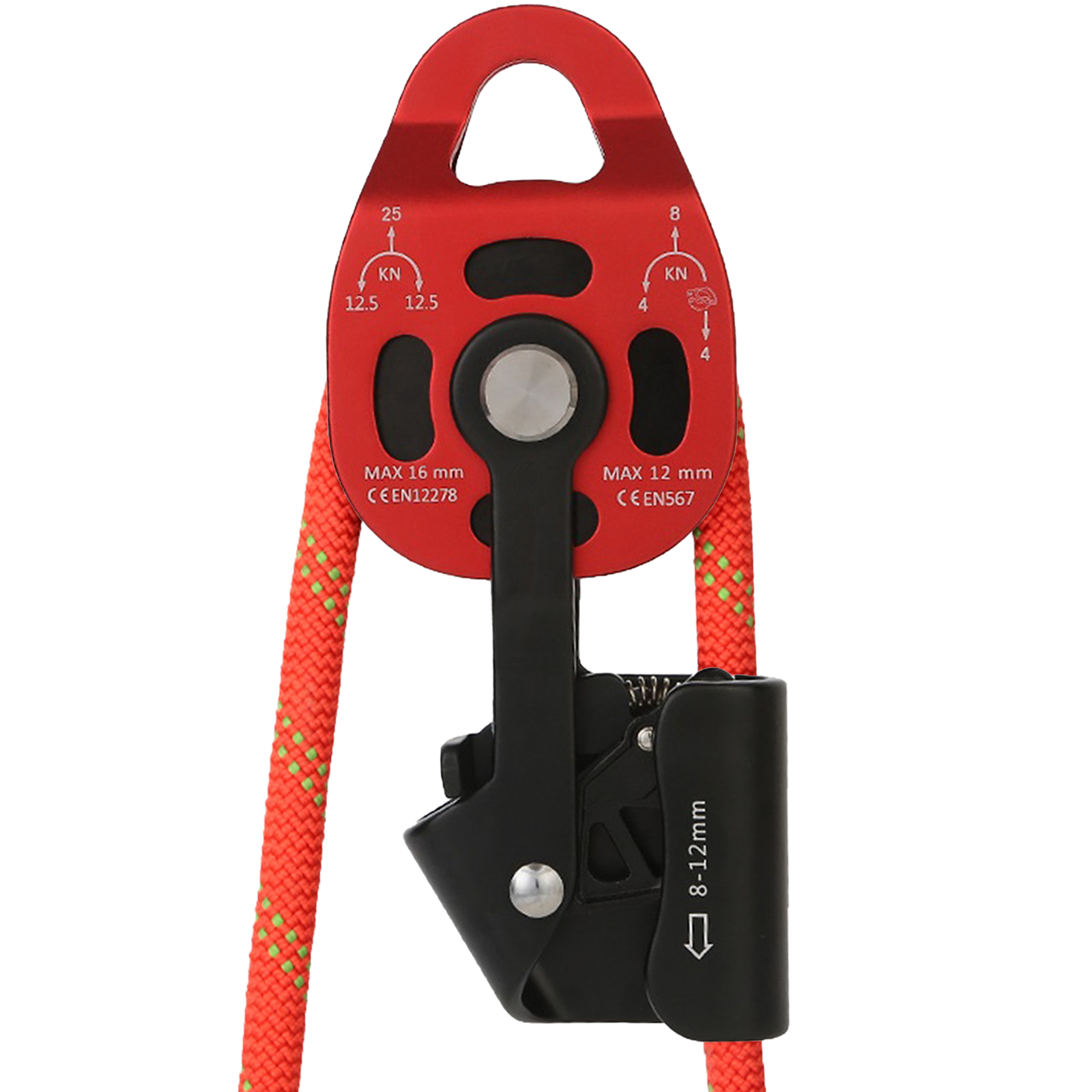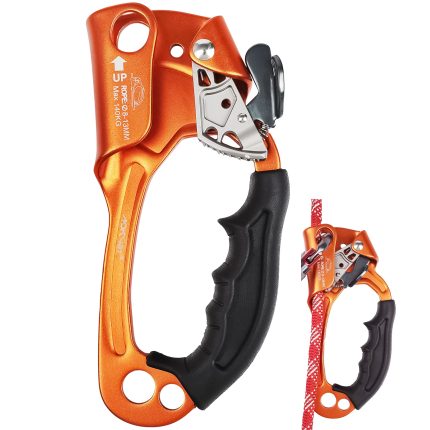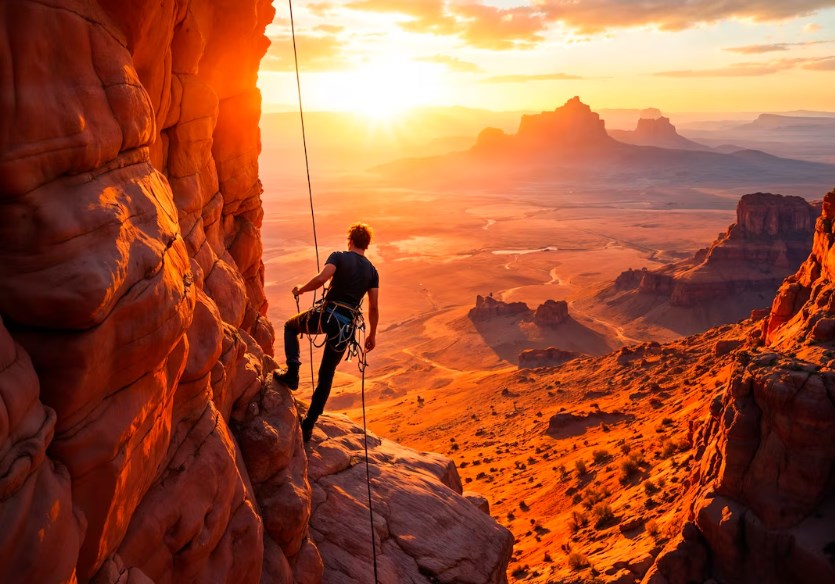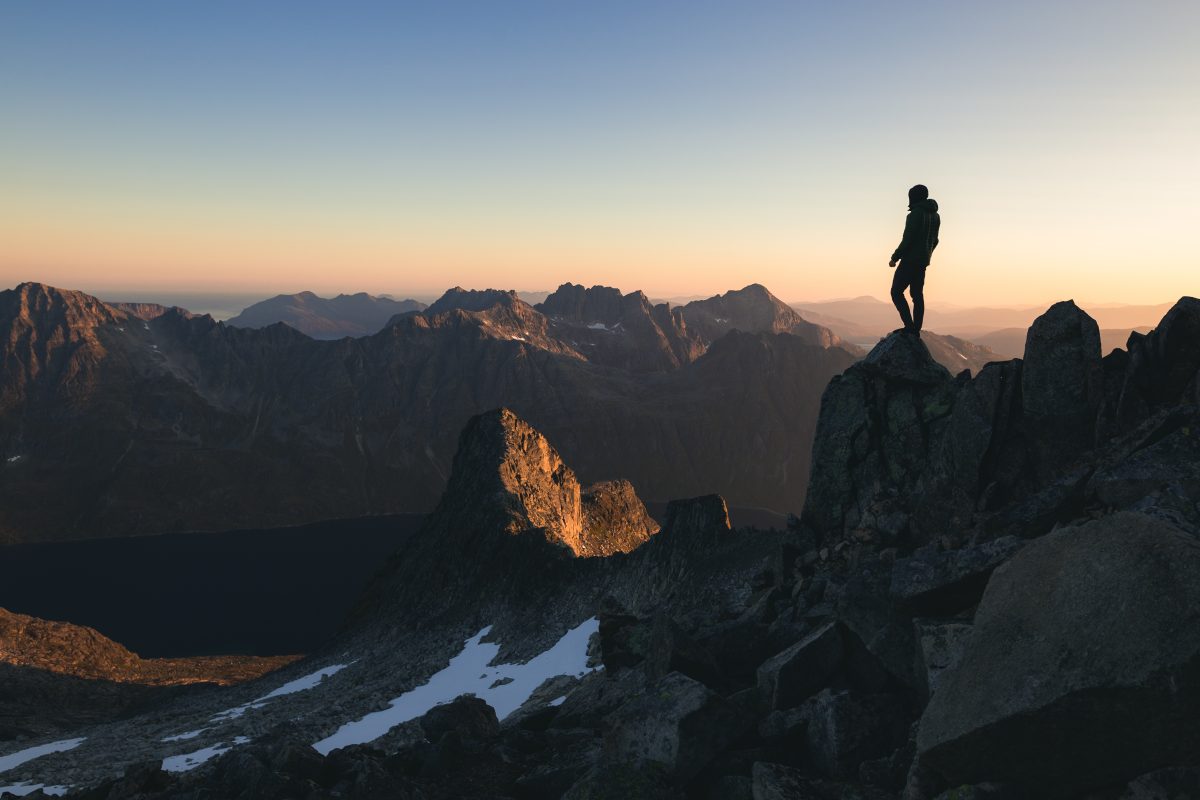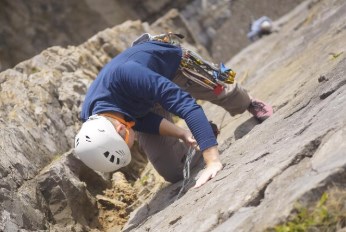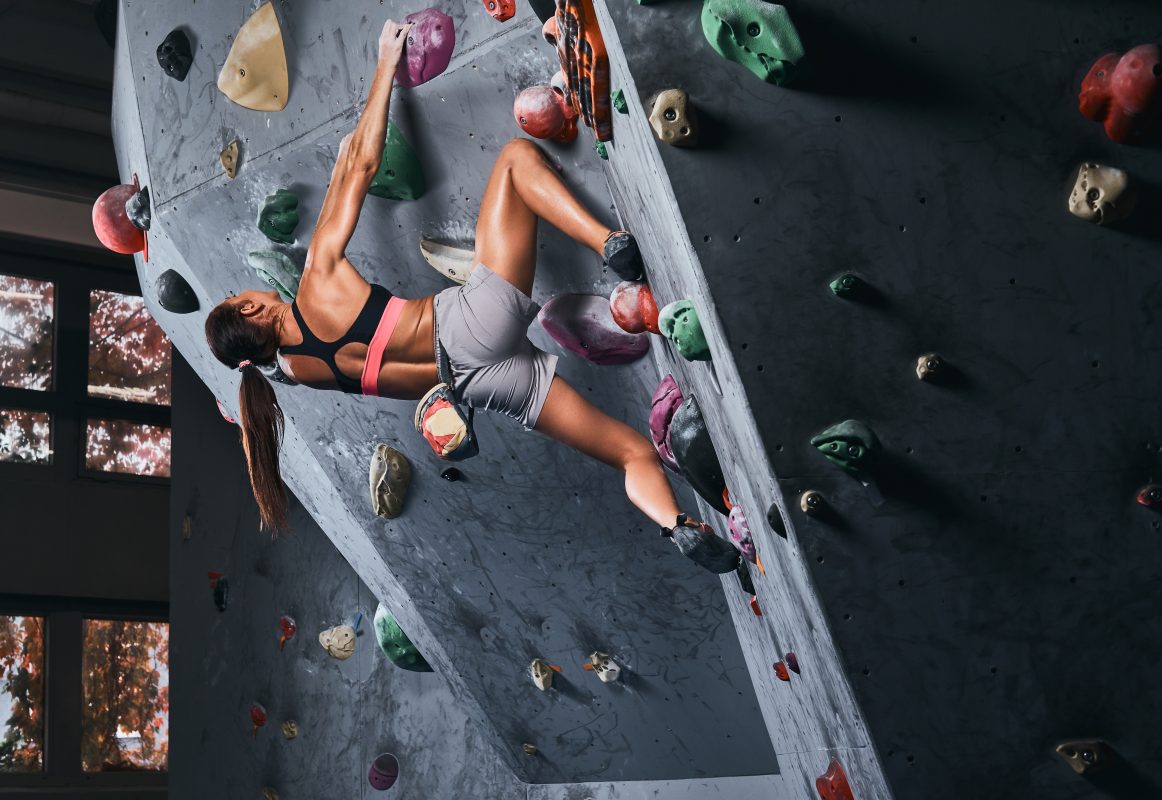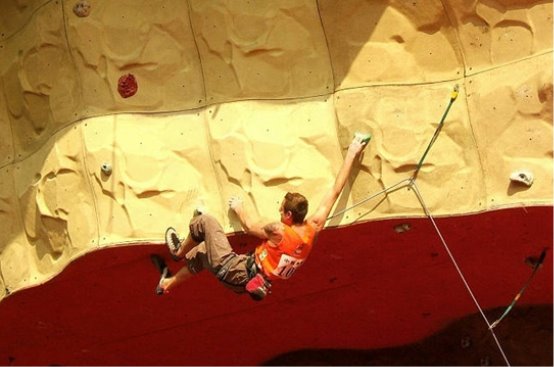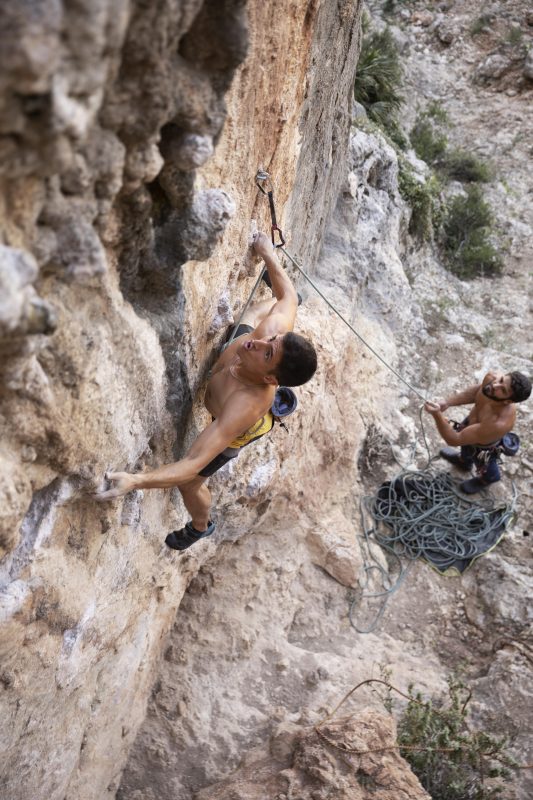Thailand’s Railay: One of the World’s Premier Climbing Destinations
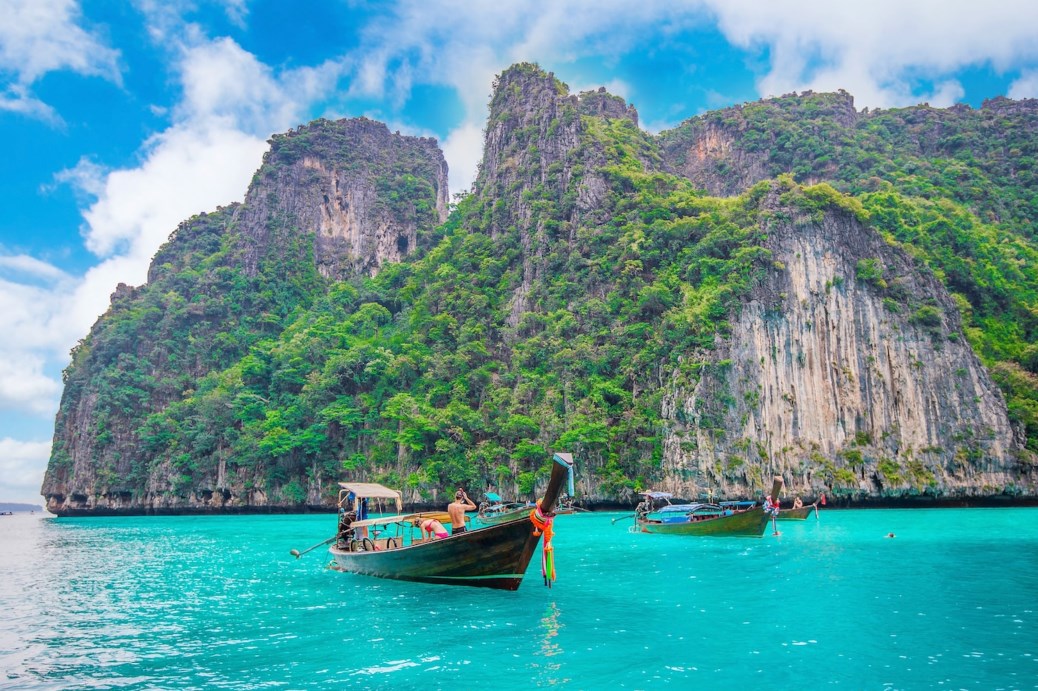
Rock climbing in Krabi, Thailand, is world-famous, and Railay stands as the absolute pinnacle. With hundreds of climbing routes and unparalleled, breathtaking views from the clifftops, it is one of the world’s top rock climbing destinations.
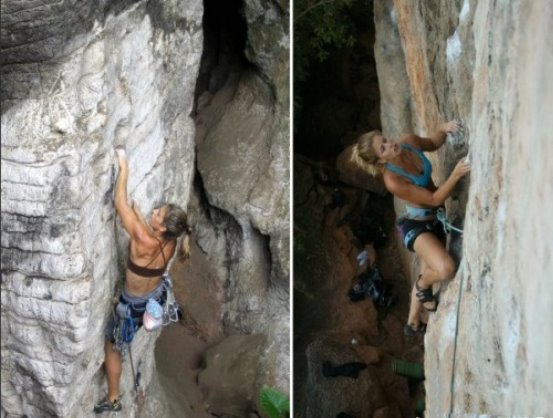
The karst topography forms mountains that are sheer, rugged with bizarre rock formations, and extremely steep, making them exceptionally well-suited for climbing. Reaching the heights rewards climbers with unique, stunning panoramic sea views.

The prime tourist season on the island is from November to April each year. May to October is the rainy season; while experiencing daily rainfall might be considered lucky, there are also many stretches of over ten days without rain, filled with sunshine.
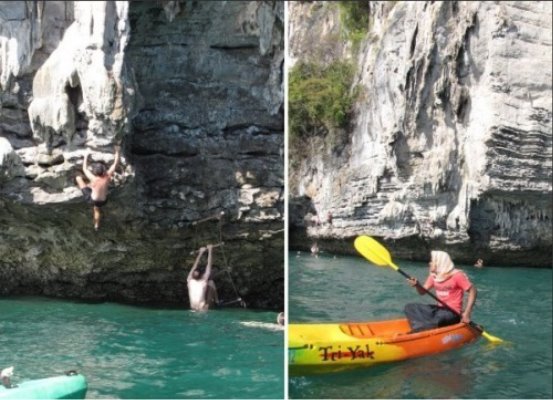
The Railay peninsula is uninhabited; those wandering around the island are tourists from around the globe. These colorful wooden boats are the sole means of transport.
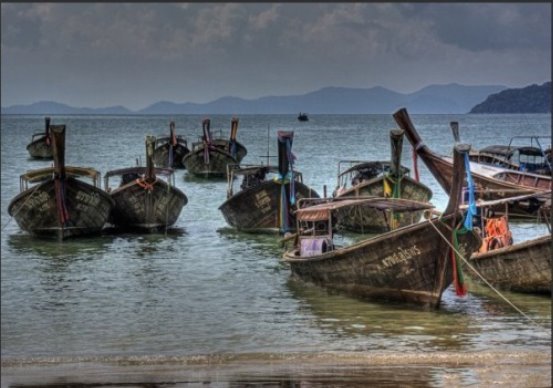
Long-tail boats are the only transportation on Railay Island.
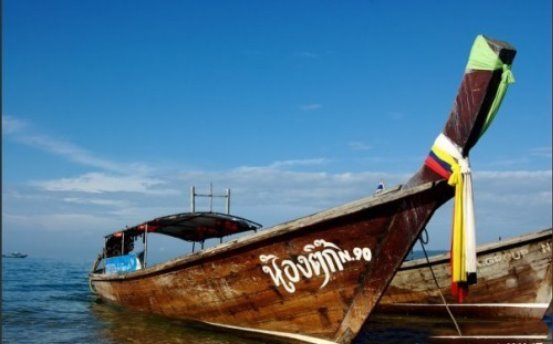
Climbing here with your own gear and friends is entirely free. All you need is to purchase a climbing guidebook. This book is updated and reprinted annually. It provides highly detailed information on all 54 climbing sectors across the island and their specific routes.
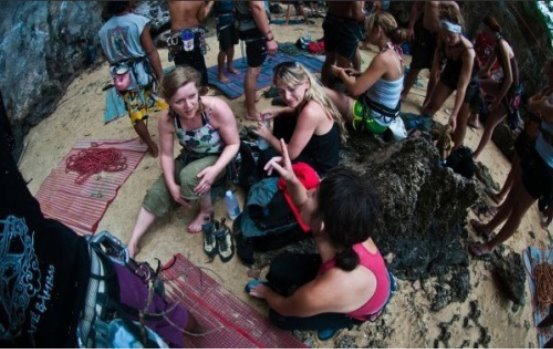
The book not only indicates the difficulty of routes and how to find them but also details when the routes were established (equipped) and when the anchor points (top anchors/bolts) were replaced. It uses smiley face icons to recommend routes and frowning face icons to warn against potentially unsafe routes best avoided.
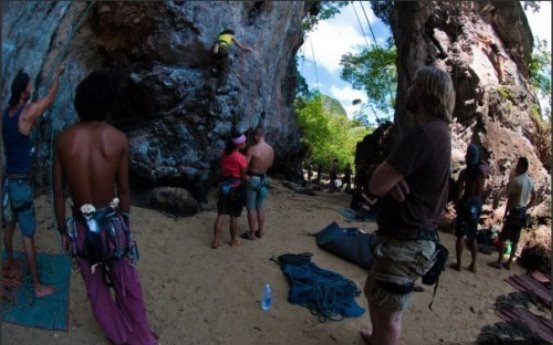
The easiest climbing sector is ONE-TWO-THREE. True to its name, it features numerous routes graded 5 (French system), making it ideal for beginners. The most challenging sector is Tonsai.
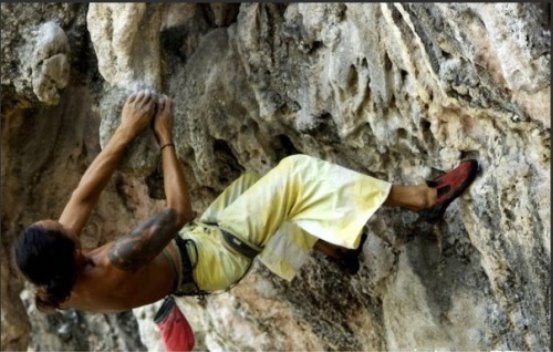
During the hot season, Tonsai is exposed to intense direct sunlight from noon until about 4:00 PM. The rock face can burn your hands, and climbers risk heatstroke, making it unsuitable for climbing during these hours. You can instead choose sectors within the sheltered valleys; in Krabi, if you want to climb, there’s always a route available.
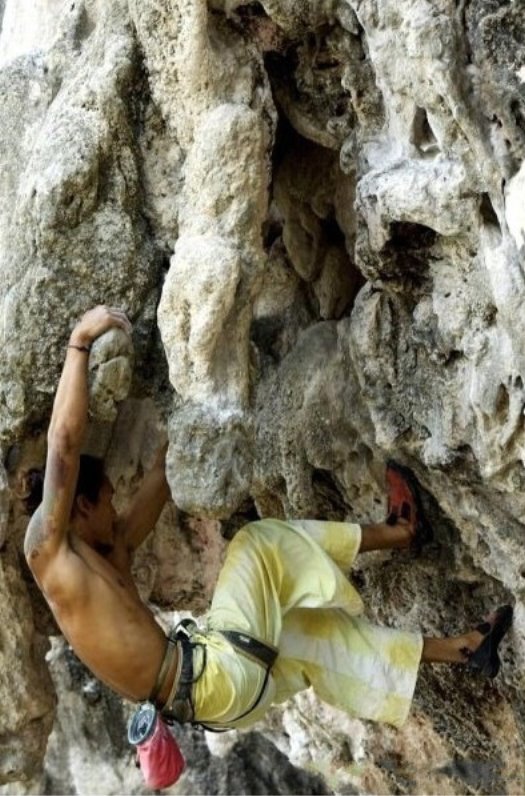
Thailand’s first bolted climbing route was developed by French climbers in 1992 at Phra-Nang Beach (though this area was closed to climbing around 1995). Route difficulty in Thailand is graded using the French grading system, ranging from 4 up to 8c (5.14b).
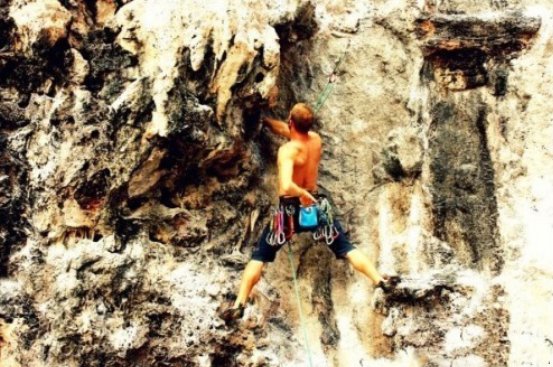
The island’s cliffs bear some resemblance to those in Yangshuo, Guilin, China, both being karst landscapes. With its dense concentration of routes and diverse styles, it’s a true paradise for climbers.
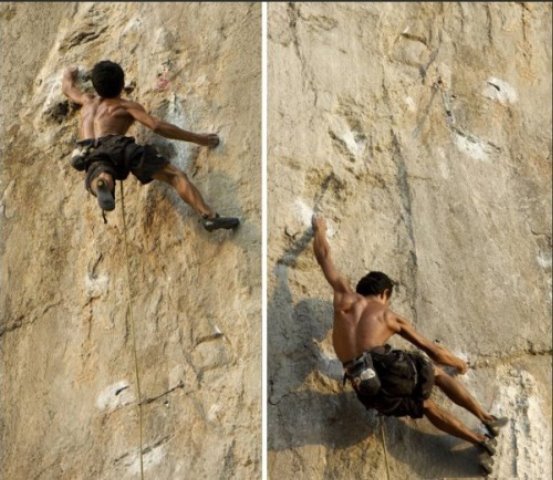
Most climbers typically start their day with a hearty breakfast, climb until sunset, then return for dinner, bringing only bread, biscuits, or snacks for sustenance during the day.
